Category: Caselets

Argentine Catholic Clergy Oppose Javier Milei
Time Period: 2023-presentLocation: ArgentinaMain Actors: Catholic clergy, especially Curas Por la Opción Por Los Pobres (Priests for the Option for the Poor)Tactics - Letters of opposition or support - Prayer...
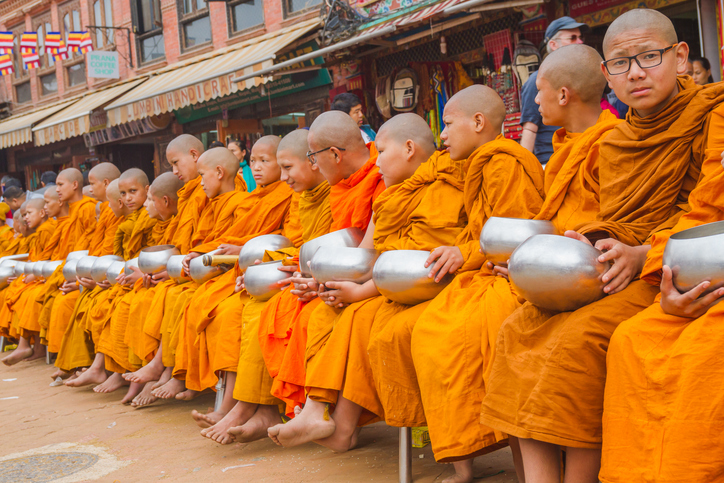
Buddhist Monks Defect from Myanmar’s Military Dictatorship
Time Period: 2007Location: MyanmarMain Actors: Buddhist monks, All Burma Monks Alliance (ABMA)Tactics - Withholding or withdrawal of allegiance - Slogans, caricatures, and symbols - Assemblies of protest or support -...

The Egyptian Military Defects During the Arab Spring
Time Period: 2011Location: EgyptMain Actors: The Egyptian MilitaryTactics - Withholding or withdrawal of allegiance - Mutinies by government personnel - Protective Presence Between 1981-2011 Egypt was under the authoritarian rule...
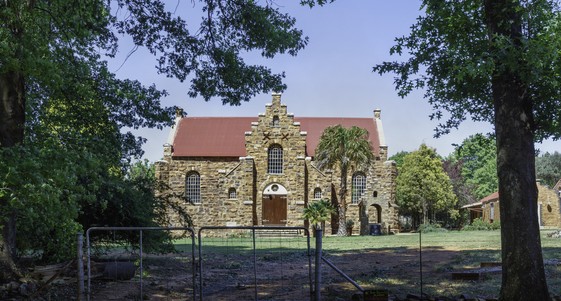
South African Clergy Support Early Defections from Apartheid
Time Period: 1948-1968Location: South AfricaMain Actors: Dutch Reformed Church in South Africa (DRC), Roman Catholic Archdiocese of Cape Town, Anglican Church of Southern Africa, Christian Institute of Southern Africa, South...
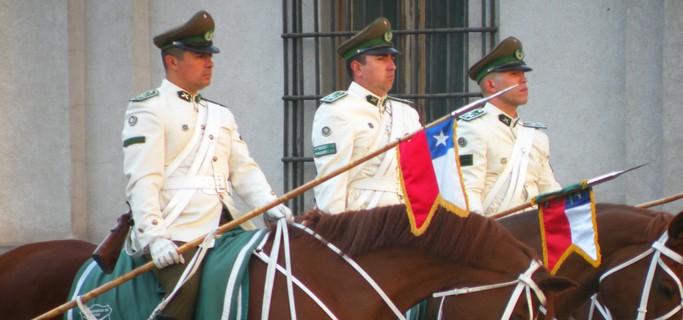
The Chilean Security Sector Defects from the Pinochet Dictatorship
Time Period: 1988Location: ChileMain Actors: Fernando Matthei (Air Force General), Rodolfo Stange (General Director of the Police), José Merino (Navy Admiral)Tactics - Withholding or withdrawal of allegiance - Mutinies by...

Tunisian Unions Support the Arab Spring
Time Period: 2010-2015Location: TunisiaMain Actors: Tunisian General Labour Union (UGTT)Tactics - General strikes - Protective Presence - Assemblies of protest or support Between 1987-2011, Tunisia was an autocracy ruled by...
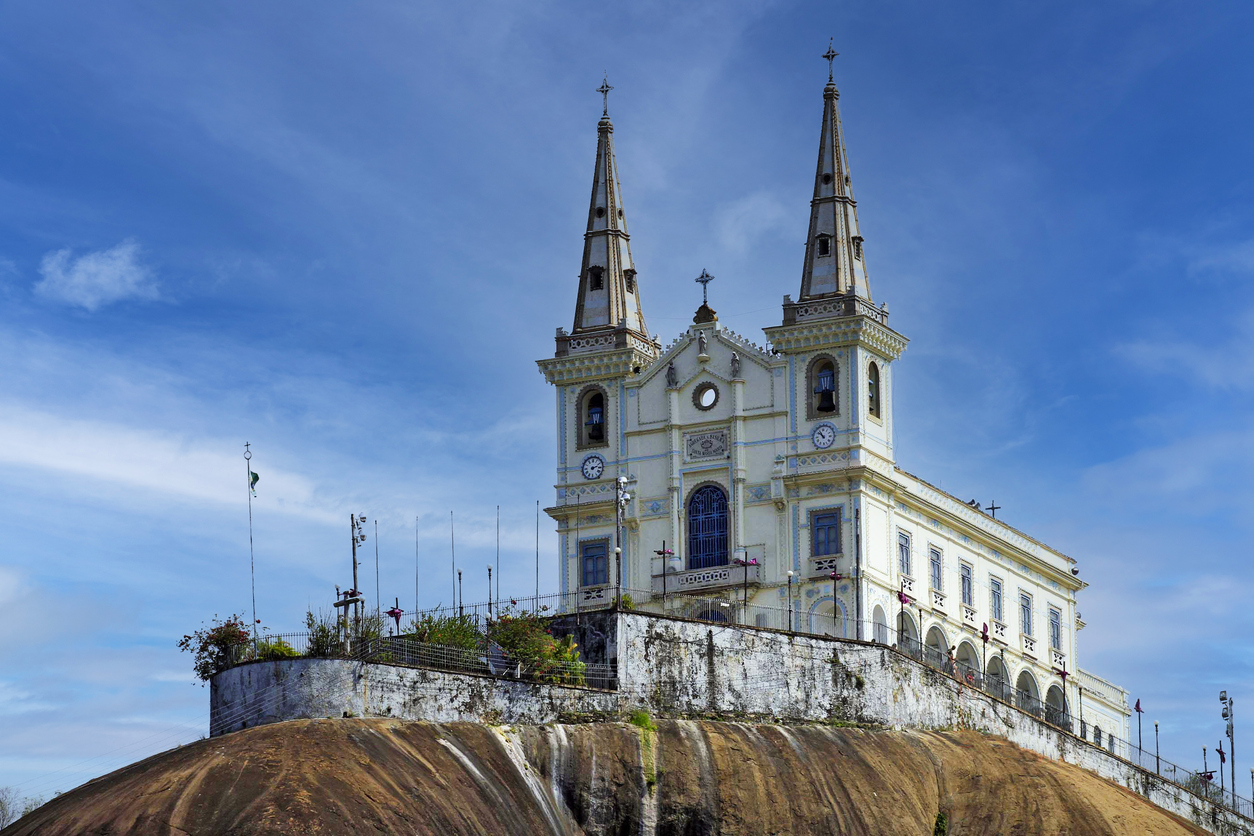
Brazilian Religious Leaders and Democratic Backsliding
Time Period: 2019-2023Location: Brazil, especially Rio de JaneiroMain Actors: Brazilian Catholic Church, Brazilian Evangelical pastors (e.g., Henrique Vieira) and civil society groups (e.g., Novas)Tactics: - Declarations by organizations and institutions...
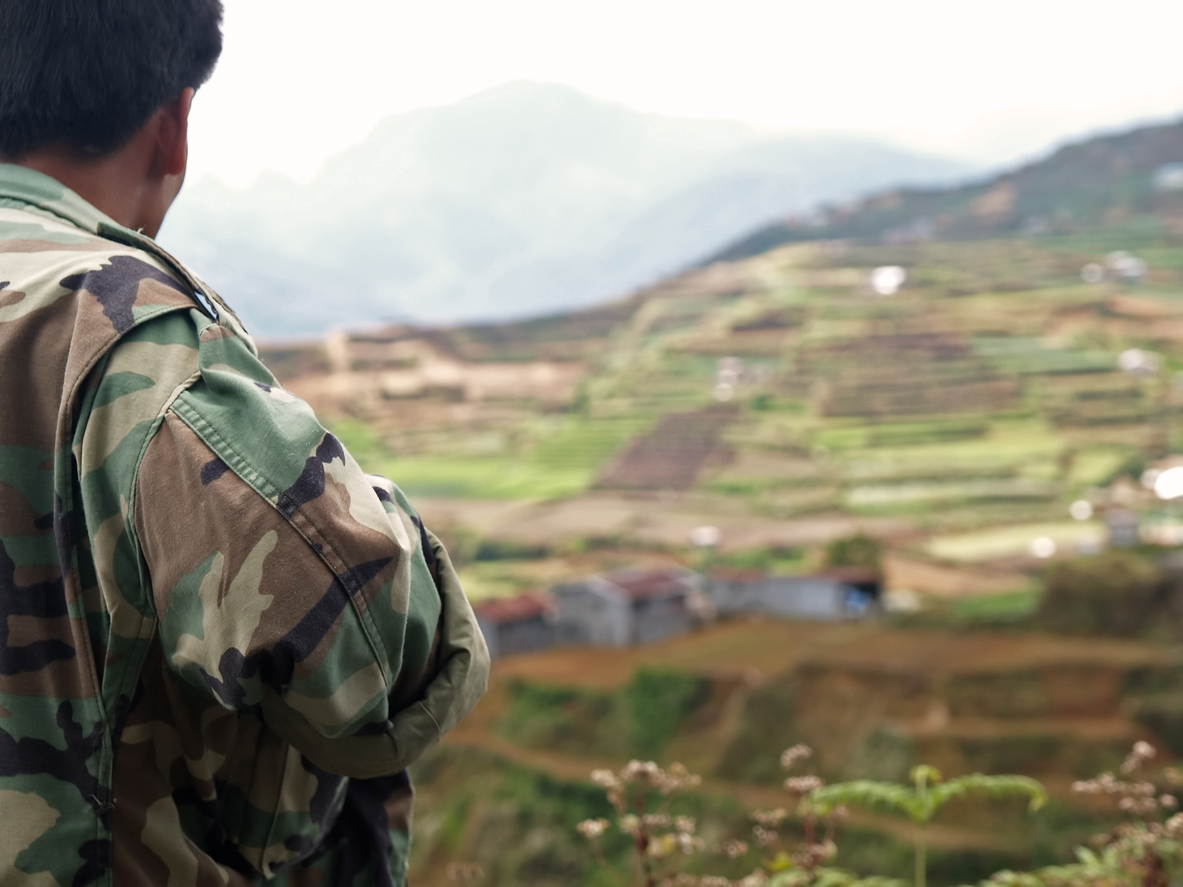
Philippines Armed Forces Resist a Dictatorship
Time Period: 1982-1986Location: The PhilippinesMain Actors: Armed Forces of the Philippines, Reform of the Armed Forces Movement (RAM), Fidel Ramos, Juan Ponce EnrileTactics - Selective refusal of assistance by government...
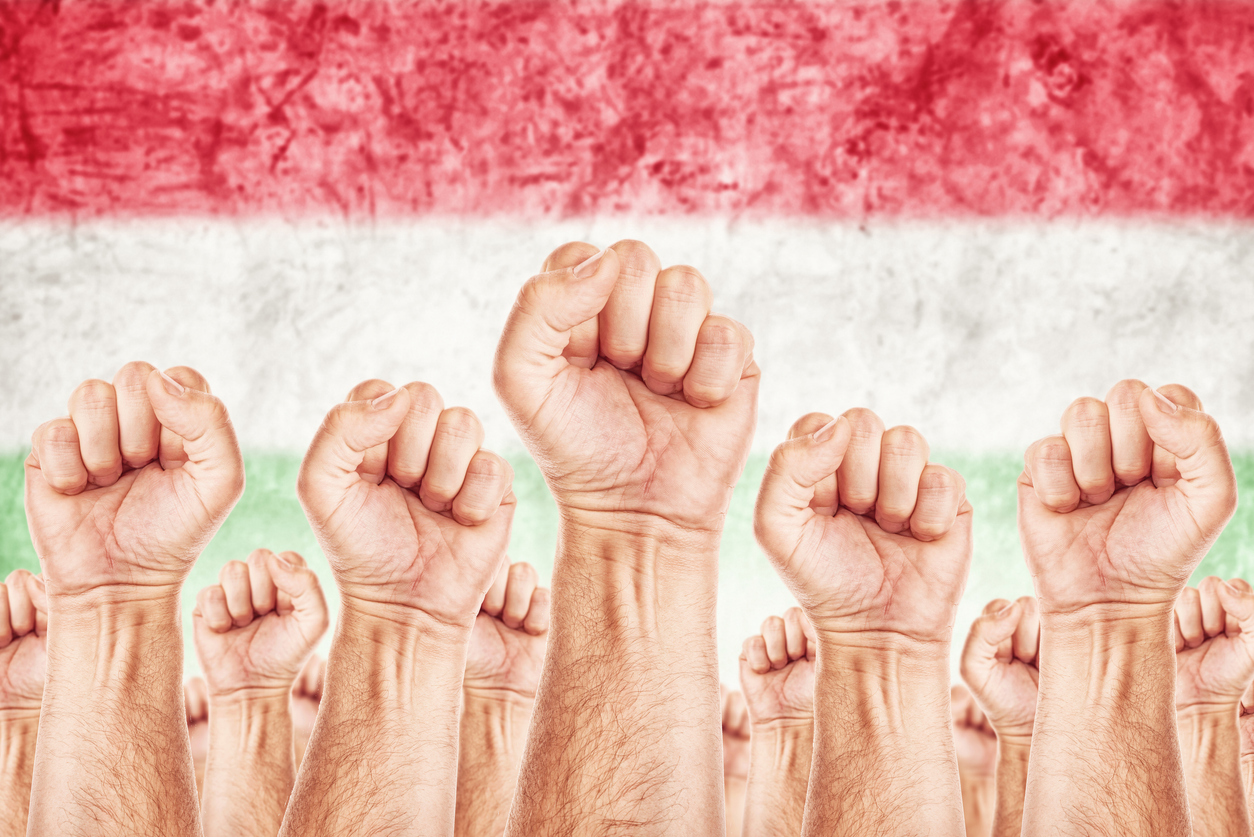
Teachers in Hungary Oppose Democratic Backsliding
Time Period: 202-2024Location: Budapest, HungaryMain Actors: Tanítanék NGO, Hungarian teachers, students, and parentsTactics - Assemblies of protest or support - Human chains - Destruction of Government Documents Hungarian democracy has...

The Quakers Advance Democracy in the US Civil Rights Movement
Time Period: 1956-1968Location: Montgomery & Birmingham, AL; Prince Edward County, VA; Washington, DC; Cape May, NJ; New Delhi, IndiaMain Actors: American Friends Service Committee, Bayard Rustin.Tactics - Publishing Dissenting Literature...
